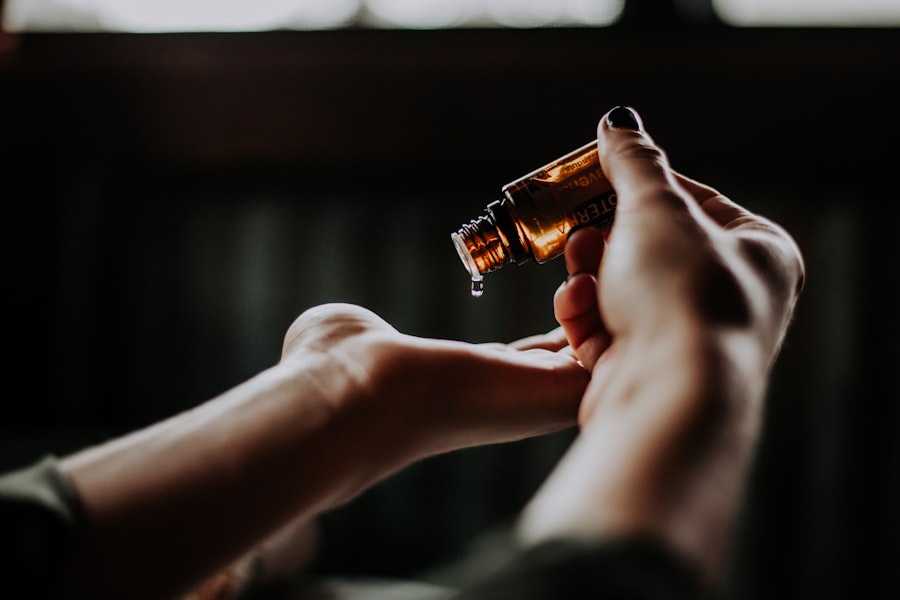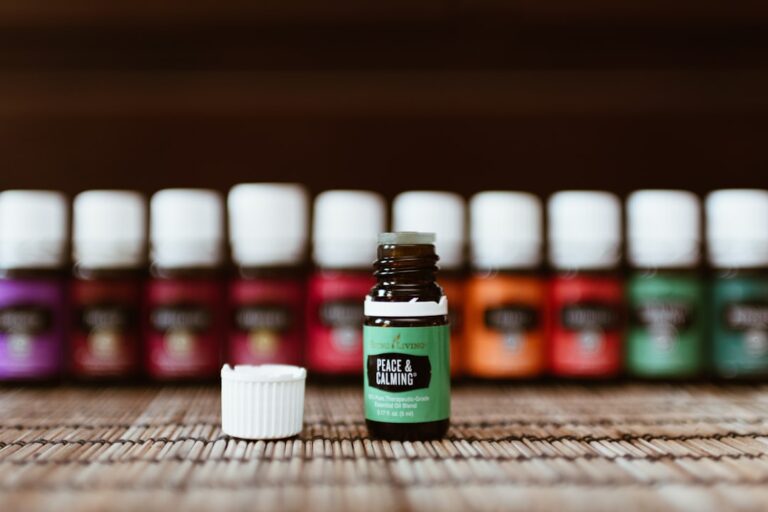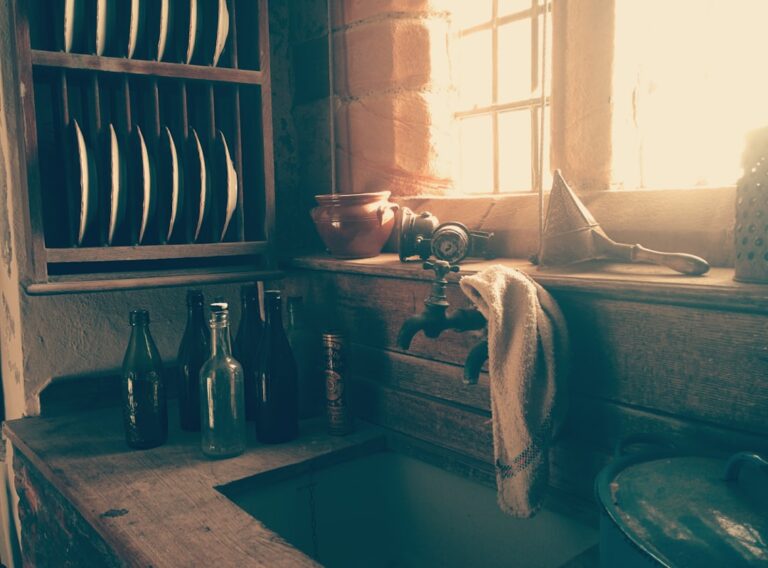DIY: Create Your Own Mouthwash

DIY mouthwash offers an alternative to commercial products, allowing users to control ingredients and customize flavors. Homemade mouthwash can be cost-effective and provides transparency regarding its contents. Creating a personal mouthwash requires only a few basic ingredients and can result in an effective oral hygiene product.
This article will discuss the advantages of homemade mouthwash, necessary ingredients, preparation instructions, customization options, and proper storage and usage guidelines. By exploring these topics, readers can gain insight into the process of making their own mouthwash and its potential benefits for oral health.
Key Takeaways
- Making your own mouthwash is a cost-effective and natural alternative to store-bought options
- DIY mouthwash allows you to customize the ingredients to suit your specific oral health needs
- Common ingredients for DIY mouthwash include water, baking soda, essential oils, and xylitol
- Follow a simple step-by-step guide to create your own mouthwash at home
- Store your DIY mouthwash in a glass bottle and use it within 2-3 weeks for best results
Benefits of Making Your Own Mouthwash
Natural and Harmless Ingredients
Making your own mouthwash allows you to avoid the harsh chemicals and artificial ingredients often found in commercial mouthwashes. By using natural ingredients, you can ensure that your mouthwash is free from alcohol, artificial colors, and other potentially harmful additives.
Cost-Effective and Customizable
Additionally, making your own mouthwash is cost-effective, as the ingredients are often inexpensive and readily available. You can also customize the flavor and strength of your mouthwash to suit your personal preferences.
Environmentally Friendly
Furthermore, DIY mouthwash is environmentally friendly, as it reduces the need for plastic bottles and packaging. By making your own mouthwash, you can reduce waste and minimize your environmental impact. Overall, DIY mouthwash offers a natural, cost-effective, customizable, and eco-friendly alternative to store-bought mouthwash.
Ingredients for DIY Mouthwash

The ingredients for DIY mouthwash are simple and natural, making it easy to create a refreshing and effective product at home. Some common ingredients for DIY mouthwash include water, baking soda, salt, essential oils, and herbs such as mint or parsley. Water is the base of the mouthwash and helps to dilute the other ingredients.
Baking soda and salt are both natural cleansers that help to neutralize acids in the mouth and remove bacteria. Essential oils, such as peppermint or tea tree oil, not only add flavor but also have antibacterial properties that can help freshen breath and kill germs. Herbs like mint or parsley can also be used to add flavor and freshness to the mouthwash.
These simple ingredients work together to create a natural and effective mouthwash that will leave your mouth feeling clean and refreshed.
Step-by-Step Guide to Making Your Own Mouthwash
| Ingredients | Quantity |
|---|---|
| Water | 1 cup |
| Baking Soda | 1 teaspoon |
| Peppermint Essential Oil | 2-3 drops |
| Tea Tree Essential Oil | 2-3 drops |
| Xylitol | 1-2 teaspoons |
Making your own mouthwash is a simple and straightforward process that requires just a few basic steps. To start, you will need to gather your ingredients, including water, baking soda, salt, essential oils, and herbs if desired. Next, you will need to mix the ingredients together in a clean container, such as a glass bottle or jar.
Start by adding the water as the base of the mouthwash, then add in the baking soda and salt as natural cleansers. After that, add a few drops of essential oils for flavor and antibacterial properties. If using herbs, you can add them at this point as well.
Once all the ingredients are combined, simply shake or stir the mixture well to ensure everything is evenly distributed. Your DIY mouthwash is now ready to use!
Tips for Customizing Your DIY Mouthwash
One of the great things about making your own mouthwash is that you can customize it to suit your personal preferences. You can adjust the strength of the mouthwash by adding more or less baking soda and salt, depending on how intense you want the cleansing properties to be. Additionally, you can experiment with different essential oils to create unique flavor combinations.
Peppermint oil is a popular choice for its refreshing taste, but you can also try tea tree oil for its antibacterial properties or cinnamon oil for a spicy kick. If you want to add herbs for extra freshness, consider using mint leaves or parsley for a natural burst of flavor. By experimenting with different ingredients and proportions, you can create a DIY mouthwash that is perfectly tailored to your taste and oral care needs.
Storing and Using Your DIY Mouthwash

Storing Your Homemade Mouthwash
Once you have made your DIY mouthwash, it’s important to store it properly to ensure its freshness and effectiveness. Store your homemade mouthwash in a clean glass bottle or jar with a tight-fitting lid to prevent contamination. Keep it in a cool, dark place away from direct sunlight to preserve the potency of the essential oils and herbs.
Using Your DIY Mouthwash
When using your DIY mouthwash, simply shake or stir the mixture before each use to ensure that the ingredients are evenly distributed. Pour a small amount into a cup or shot glass, then swish it around in your mouth for 30-60 seconds before spitting it out.
Incorporating Your DIY Mouthwash into Your Oral Care Routine
You can use your DIY mouthwash once or twice a day as part of your oral care routine to keep your breath fresh and your mouth clean.
Conclusion and Final Thoughts on DIY Mouthwash
In conclusion, making your own mouthwash is a simple and rewarding way to take control of your oral care routine. By using natural ingredients and avoiding harsh chemicals, you can create a refreshing and effective mouthwash that is tailored to your personal preferences. DIY mouthwash offers numerous benefits, including cost-effectiveness, customization, and environmental friendliness.
With just a few basic ingredients and a little creativity, you can make a natural and refreshing mouthwash that will leave your breath feeling fresh and your mouth feeling clean. So why not give DIY mouthwash a try? It’s easy, affordable, and better for both you and the environment!
If you’re interested in making your own mouthwash, you might also want to check out this article on life hacks for home. It offers a variety of tips and tricks for improving your living space and making everyday tasks easier.
FAQs
What are the benefits of making your own mouthwash?
Making your own mouthwash allows you to control the ingredients and avoid harsh chemicals often found in commercial mouthwashes. It can also be more cost-effective and environmentally friendly.
What ingredients are commonly used to make homemade mouthwash?
Common ingredients for homemade mouthwash include water, baking soda, essential oils (such as peppermint or tea tree oil), and natural sweeteners (such as xylitol or stevia).
How do you make your own mouthwash?
To make your own mouthwash, you can mix water with a small amount of baking soda and a few drops of essential oil for flavor. You can also add a natural sweetener if desired. Some recipes may call for additional ingredients such as hydrogen peroxide or apple cider vinegar.
Are there any potential risks or drawbacks to making your own mouthwash?
While making your own mouthwash can be a great alternative to commercial products, it’s important to be mindful of potential allergies or sensitivities to certain ingredients. Additionally, homemade mouthwash may not have the same level of effectiveness as commercial products in terms of fighting cavities or gum disease.
Can homemade mouthwash be used as a substitute for regular brushing and flossing?
Homemade mouthwash should not be used as a substitute for regular brushing and flossing. It can be used as a supplementary oral care product to help freshen breath and promote oral hygiene, but it is not a replacement for proper dental care.





